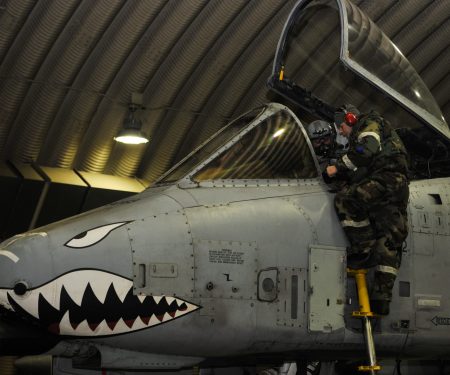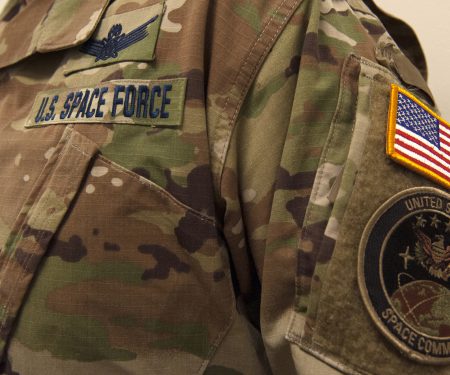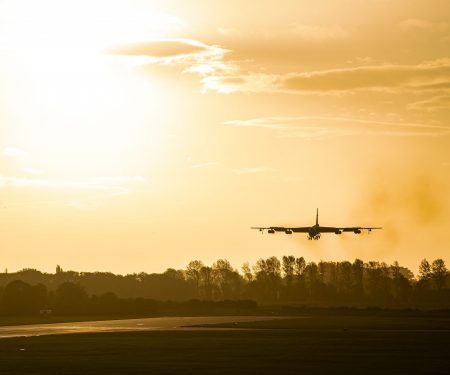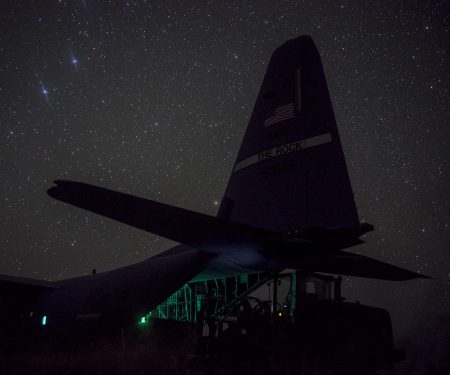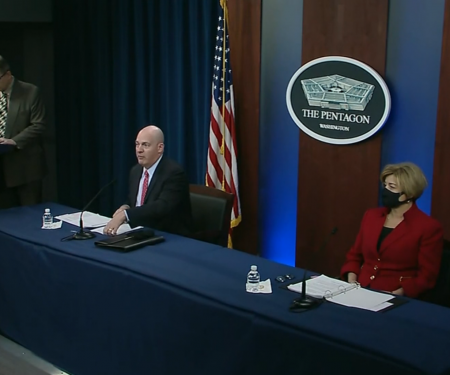Radar Sweep
Snapshot: DOD and COVID-19
Here's a look at how the Defense Department is being impacted by and responding to the COVID-19 pandemic.
US Air Force Appeals Ruling Against Urban Training in Idaho
The U.S. Air Force is appealing a federal court ruling preventing exercises that had military jets coordinating with plain-clothed soldiers on the ground in cities in Idaho as part of an urban warfare training program. The Air Force filed the appeal with the 9th U.S. Circuit Court of Appeals on Nov. 30. The military says air support for ground forces is increasingly required in urban combat areas.
Airmen Praised for Helping Teenager Off Bridge
Two Wright-Patterson Air Force Base Airmen are being lauded for their quick action to help save a distressed teenager who was considering jumping from a Fairborn, Ohio, overpass.
Air Force Expands Experimental Pilot Training Across Aircraft, Helo Fleets
"We flew the F-22 like it was an F-15. We flew the F-15E like an F-111. APT-X will figure out how can we can fly the T-7 differently - not like a T-38," says Brig. Gen. Brenda Cartier, 19th Air Force vice commander.
Cadet Joint Domain Exercise Incorporates Cyber, Proves Successful
During the exercise, cadets acted as members of an Air Operations Center (AOC), directing two other cadets as remotely piloted aircraft pilots during an intelligence, surveillance, and reconnaissance mission leading to a simulated kinetic strike on an Islamic State group leadership meeting. Cadet Cyber Team members served as a cyber effects cell and cyber liaison officers who were providing cyber ISR to help track the target, and identify who was actually at the meeting.
Opinion: Are We at the Start of a New Cold War Between the US and China?
“The U.S. and China are involved in a wide-ranging economic competition, one that spills over into American bilateral relations with other countries, and also impacts the "rules" of an international system that has evolved, largely under American leadership, in the postwar period. The U.S. competes economically with other countries, most notably Japan and the European Union, but this rivalry is different from the Sino-American one,” writes Joseph V. Micallef, a best-selling military history and world affairs author.
Video: Dunlap Speaks on the Navy, Air Force, Army, & JADC2
The Air Force and Army signed an MOU earlier this year to force lower ranking people to come on board and drive greater cooperation between the services as they build JADC2. The Navy has markedly stood back over the last three years as the Army and Air Force have forged ahead, making All Domain Operations one of their top priorities. Dunlap discusses how the three services are working together.
Spouses Still Waiting Months for Professional Credentials after Military Moves, DOD Survey Shows
About one out of five military spouses who are in professions requiring licensing and certification said they waited 10 months or more to get their credential after a permanent change of station move, according to a 2019 survey of active duty spouses conducted by the Department of Defense.
He Escaped Death as a Kamikaze Pilot. 70 Years Later, He Told His Story.
Kazuo Odachi is one of the last living members of a group never meant to survive. He wants to remind Japan that before its modern success came the sacrifices of the young pilots who gave their lives.
